
castanea dentata-American Chestnut

photography from the Chesapeake Bay watershed by Bill Emory

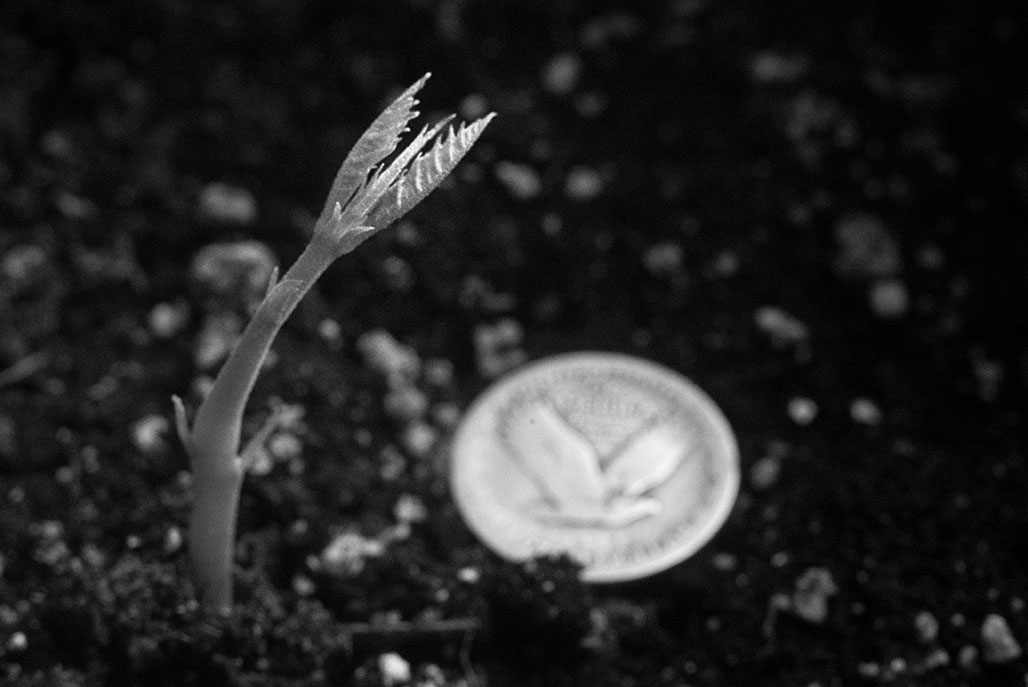

Greatest forest loss in history
The American chestnut is an historic and beloved part of America’s landscape. Its extinction would be the loss of a symbol of American strength, endurance and resourcefulness. Saving the chestnut and restoring it to its native range at scale could also help give other endangered tree species a new lease on life and directly offset the effects of climate change and deforestation. While no single intervention can completely eradicate chestnut blight, together the science of breeding, biotechnology, and biocontrol (3BUR) offer our best hope for rescuing the American chestnut tree.—The American Chestnut Foundation
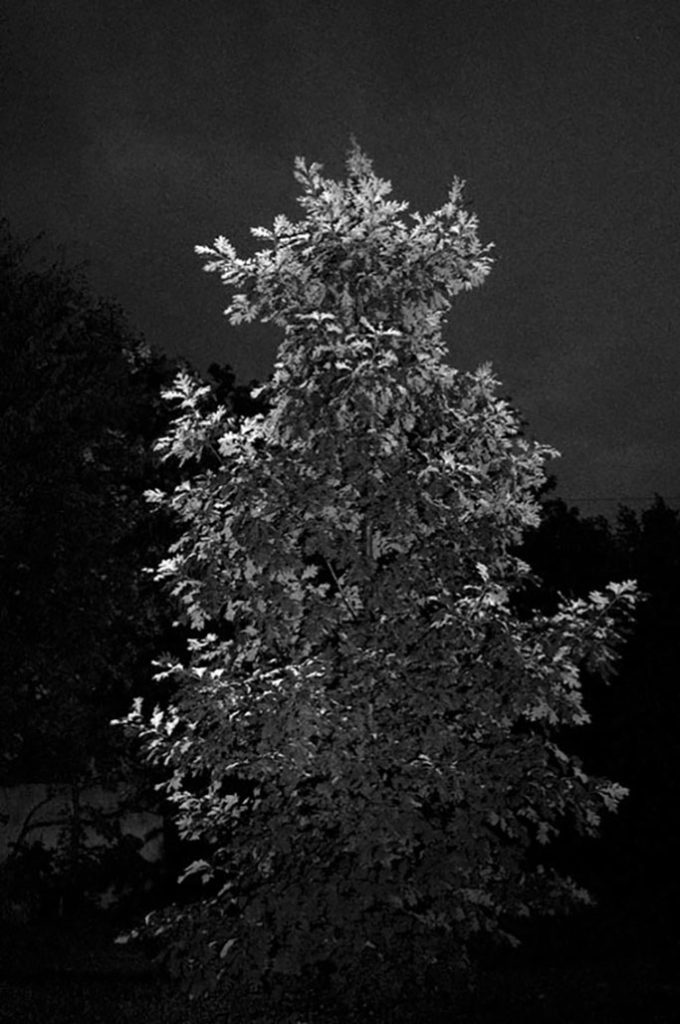
“I willingly confess so great a partiality for trees as tempts me to respect a man in exact proportion to his respect for them. He cannot be wholly bad who has a sympathy with what is so innocent and so beautiful. But quite apart from any sentimental consideration, the influence of trees upon climate and rainfall gives to the planting of trees, and to the protection of them where nature has already planted them, a national importance. Our wicked wastefulness and contempt for the teaching of science in this matter will most surely be avenged on our descendants. Nature may not instantly rebuke, but she never forgives the breach of her laws.” March 25, 1888, James Russell Lowell


Location: Thomas Jefferson Center for Historic Plants at Tufton Farm, 1293 Tufton Farm, C’ville 22902
“When we plant trees, we plant the seeds of peace and hope.”
― Wangari Maathai
Trees $5 to $10.

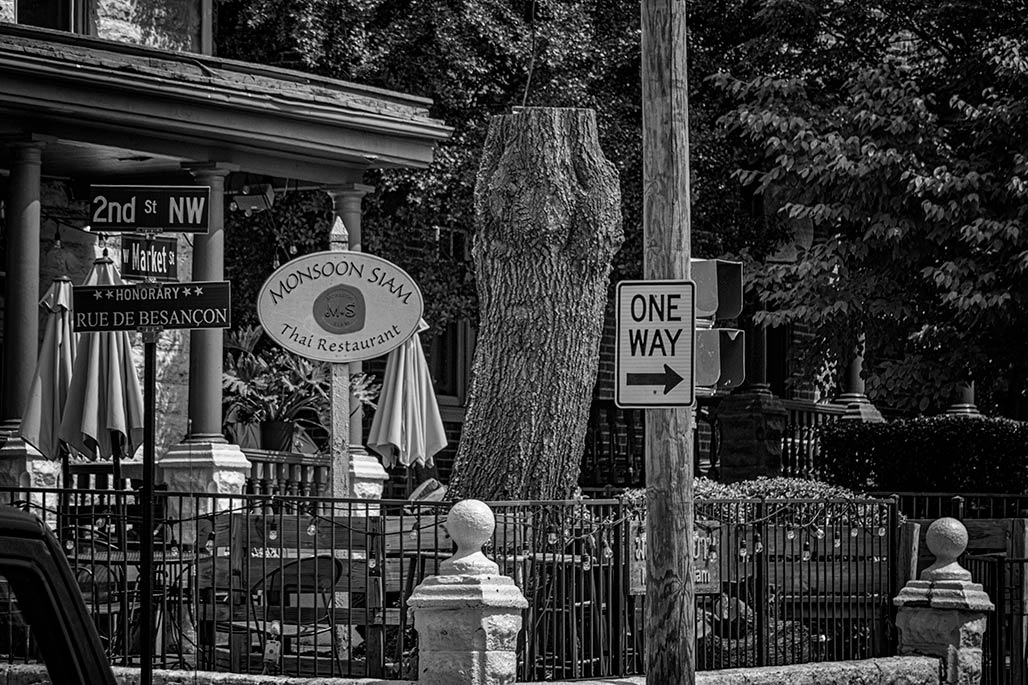
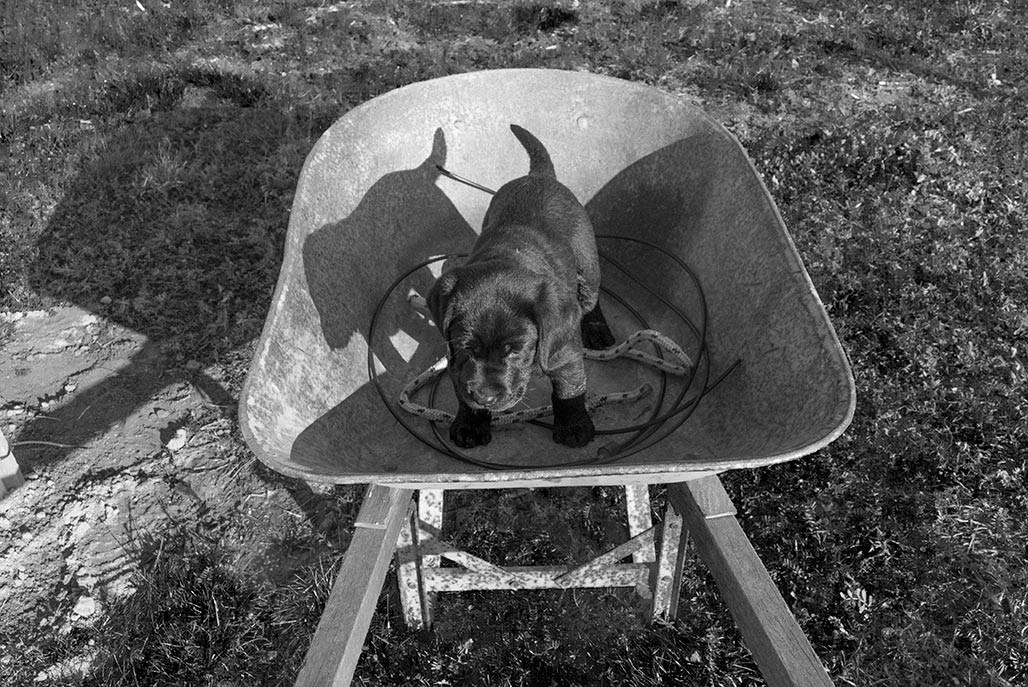

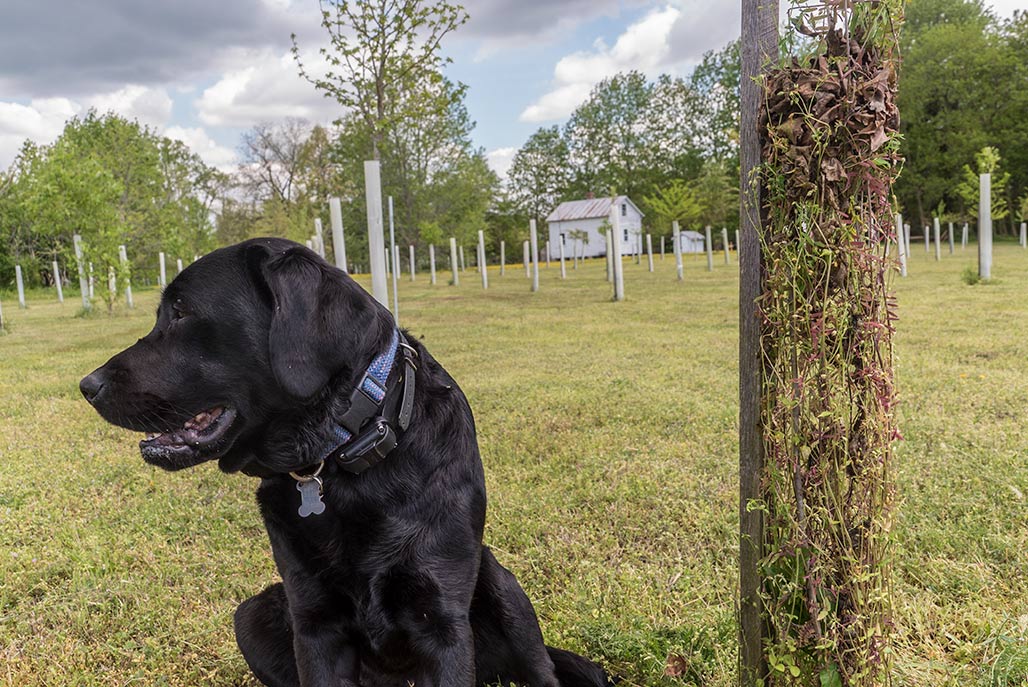

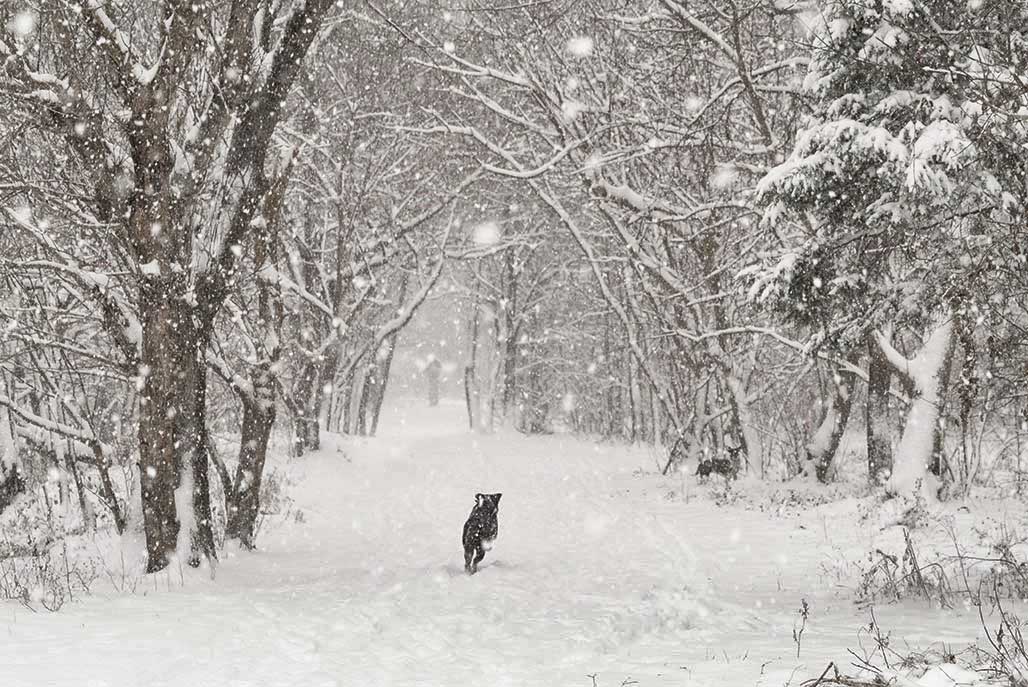
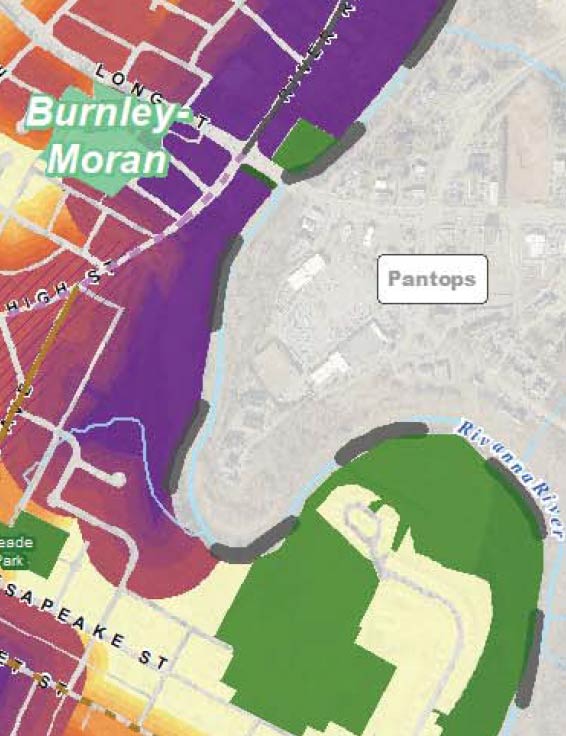
High Intensity
These (the purple shaded areas) are the most intense, urban areas within the City and allow for the highest density developments.
To increase access to housing for all, the City should incentivize on-site affordable dwelling units. In addition, the City should incentivize development to incorporate civic space, such as public meeting space, public parking, or other public needs. Buildings, rather than developments, should provide reasonably consistent street level uses along public rights of way. Mixed use development should be encouraged throughout the site, while passive uses that do not create activity at the street level should be discouraged. These areas should have intense activities that attract large employment centers. New developments should be contextually sensitive to the existing street grid pattern and create buildings that are close together. Areas just inside the City limits should be transit hubs where parking should be integrated into a larger parking plan as part of a regional parking strategy.
